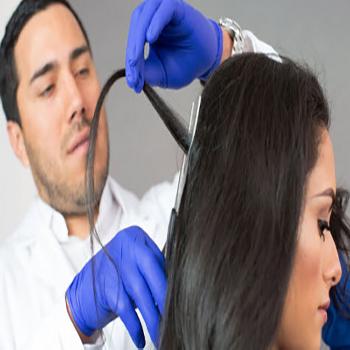The 5 Panel Hair Drug Test provides a thorough analysis of drug use by detecting the following substances:
- Amphetamines
- Cocaine
- Marijuana (THC)
- Opiates
- Phencyclidine (PCP)
This laboratory-based test includes:
- Routine Screening: Each drug class is screened to determine the presence or absence of the specified substances.
- Confirmation Testing: If any substances are detected, additional confirmation testing is conducted to verify the results.
The 5 Panel Hair Drug Test is particularly effective for detecting historical drug use, as hair samples can provide a longer detection window compared to urine tests. This makes it a valuable option for pre-employment screenings, ongoing employee testing, or post-incident investigations.
Why would I need this test?
The 5-Panel Hair Drug Test is used to detect long-term drug use, typically over a 90-day period. This test is ideal for:
Pre-employment screenings, particularly for positions where drug-free status is critical.
Random or routine workplace drug testing.
Court-ordered or legal testing.
Monitoring individuals in rehabilitation programs to assess long-term abstinence from drug use.
Post-accident testing in situations where drug use could be a factor in workplace safety.
Hair testing is considered more reliable for detecting long-term drug use compared to urine or saliva tests, which may only detect recent drug use.
How is the sample collected for the test?
The process for the 5-Panel Hair Drug Test is quick and straightforward:
A trained technician cuts a small sample of hair (about 1.5 inches long and the width of a pencil) close to the scalp.
If there isn't enough head hair, a sample from another body part (like the arms, legs, or chest) may be used.
The sample is then sent to a laboratory where it will be analyzed for five major drug classes: marijuana, cocaine, amphetamines, opiates, and phencyclidine (PCP).
Hair drug tests are not invasive, and haircutting is painless.
How far back does the test detect drug use?
A hair drug test typically detects drug use within the past 90 days, as the test analyzes the growth of hair, which grows at a rate of about half an inch per month. The 1.5 inches of hair closest to the scalp is usually tested to cover this 90-day period.
Will over-the-counter or prescription medications affect the test results?
Some over-the-counter and prescription medications may trigger positive results in a hair drug test if they contain substances similar to the drugs being screened for. For example:
Prescription opioids may show up as opiates.
Amphetamines prescribed for ADHD may appear in the results.
Benzodiazepines prescribed for anxiety may also trigger positives.
Please disclose any medications you take to the testing administrator so the lab can interpret the results correctly.
